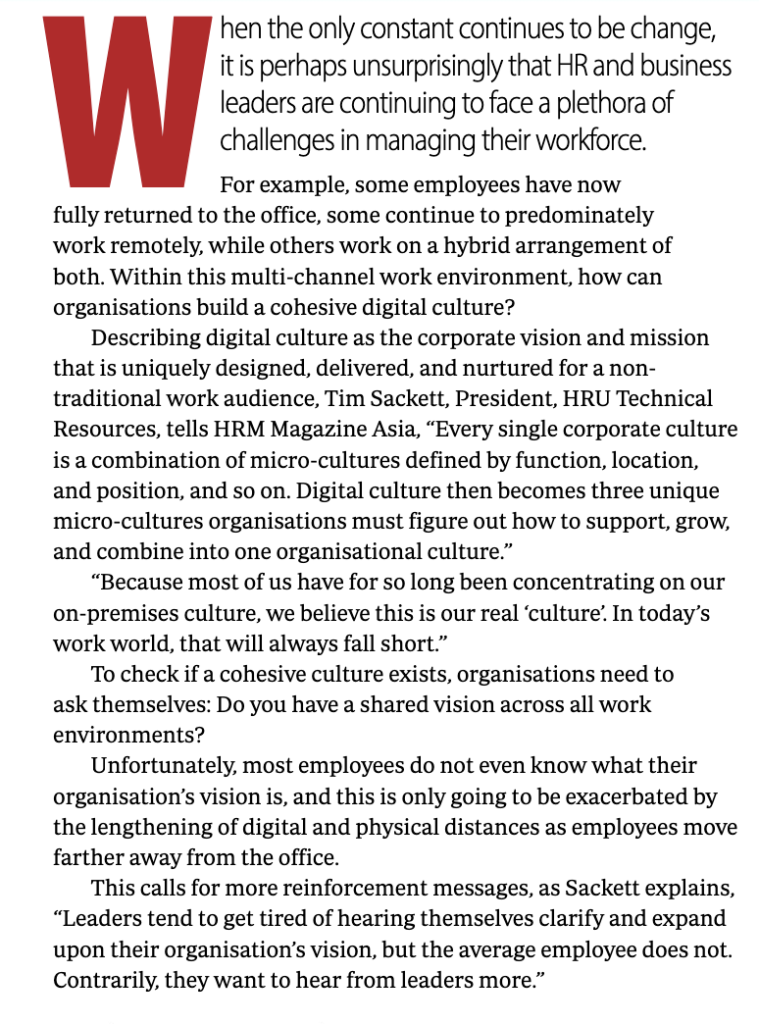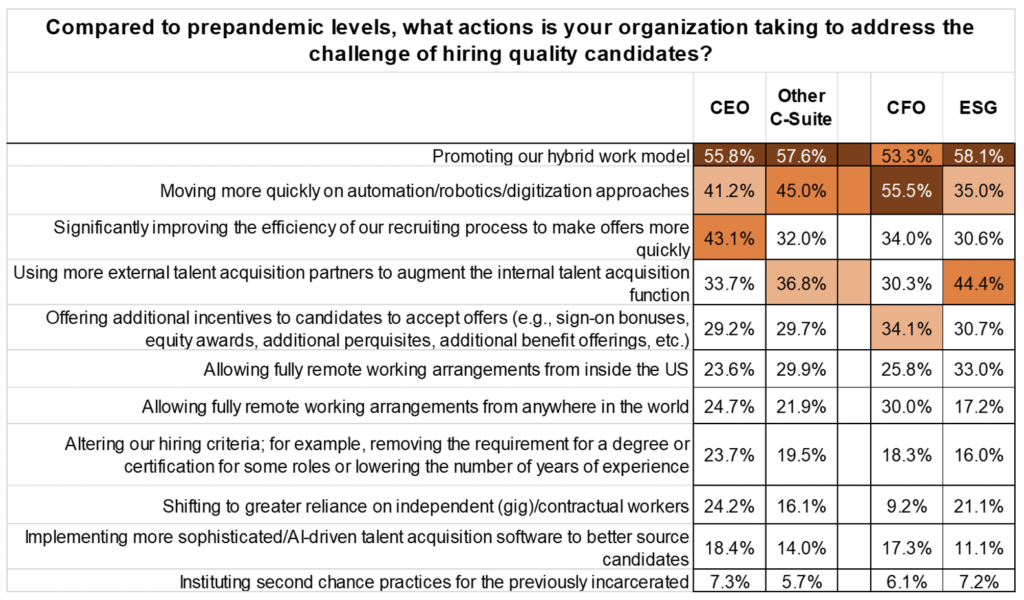I had a great conversation with the co-founder and President of Greenhouse Software, Jon Stross. Jon developed a model he calls the Hiring Maturity Model. Basically, it’s a scale or curve of where your recruiting department is in terms of technology maturity.
Part of that conversation was a fascinating piece about why we keep technology that isn’t moving us forward or making us successful. Don’t say budget! It’s not budget! Let me explain that.
What are the four reasons why we would rather keep stuff we have versus get stuff we actually need?
1. We fear the pain of change. “Moving from one ATS to another ATS is hard work and takes years, and it’s just not worth it, Tim!” You’re wrong. It was that way when we had on-premise software, but with modern-day Saas platforms, this isn’t as painful by a mile! My most recent ATS change took six weeks, and we had zero downtime because we kept the legacy system going while we got used to the new system.
2. We fear short-term lower performance over the benefit of long-term gains. Well, it might not be great, but we know what we have. What if we change and it’s worse!? It won’t be because you will do your due diligence and research, and you’ll make sure it will be exponentially better! If what you have isn’t that good, you must be willing to build something better. Your organization needs you to do this.
3. We feel stupid and don’t know the technology enough to advocate for change. This is very legitimate. I feel stupid every single day about technology. I’ve got some stupid thing with my Macbook going on, and I can’t figure it out. And it drives me crazy! Demo. Demo. Demo. I felt stupid about our TA Tech space, and I just started demoing everything I could find, and it opened up a completely new world of what is possible in talent acquisition.
4. It was your call, originally, to get what you have, so bailing on it now looks bad on you. Do you still have an iPhone 4? No!?! What!?! Why not!? When the iPhone 4 was launched, it was AWESOME! Oh, wait, the iPhone 12 is better? Turns out, technology improves. What you thought was best two or three years ago is now a dinosaur in the technology world. So, just like IT, Finance, and Operations, it’s okay to say, hey, the tech we have now isn’t what we need today to stay competitive for talent.
Did I say demo? For the love of St. Petersburg, Demo! It’s the single best thing you can do to develop yourself around getting smarter about the technology in your functional professional area of expertise.
Too many of us keep processes and systems way too long for reasons that, when you really dig into it, don’t even make sense. “Well, Tim, we have to use this ATS because payroll is tied to it, and payroll says we can’t change.” Um, what!? Does payroll drive revenue for the organization? Does payroll find and develop talent for the future of the organization? Stop it! Stop the excuses.
Oh, Budget!
I forgot it’s the pandemic. You don’t have a budget. Actually, you do. I mean, you’re already spending it on crappy software that isn’t working for you. Stop spending that, and you have all kinds of budgets! I have never met one CEO/CIO/CFO who, when shown a better, more efficient way of doing business wasn’t all in on giving it a try if it didn’t cost them more money. Same money? Okay, let’s do it!
Check out the Greenhouse podcast with Jon and me. He’s a great dude. I love his voice and cadence. I could listen to him all day!


